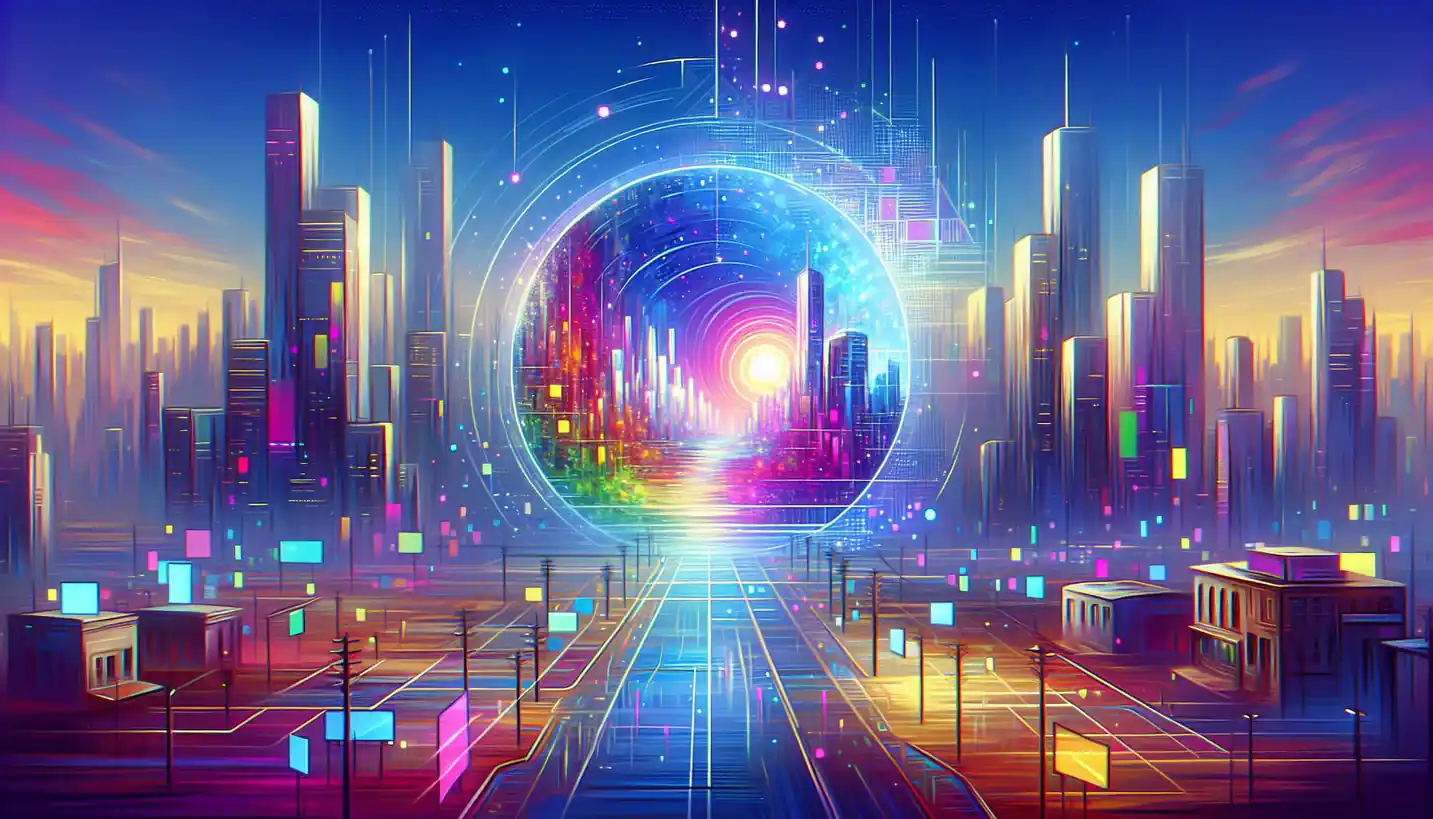· Art · 5 min read
Interactivity in Public Art: Transforming Spaces with Engagement
Interactivity in public art turns spaces into dynamic playgrounds, inviting engagement and connection. Discover how community involvement breathes life into artworks.

Public art is more than just sculptures and murals adorning public spaces; it has evolved into a dynamic realm where interactivity plays a pivotal role. This concept has reshaped how people experience art, making it a living, breathing part of the community rather than a static exhibit. Let’s explore how interactivity in public art transforms ordinary places into vibrant cultural landmarks, engaging viewers in unique and unexpected ways.
Imagine walking through a bustling city square. Instead of a mere statue, you encounter an installation that invites you to touch, move, or even play. This is the magic of interactive public art. It encourages participation, challenging the traditional boundaries between art and audience. When we talk about interactivity in art, we’re looking at creations that hinge on the viewer’s involvement. It isn’t just about what the artist intends but also how the public interacts with the piece.
In the world of public art, interactivity creates layers of experience. Let’s take a simple example: a public piano placed in a park. At first, it might seem like just an instrument plopped in the open. But as people begin to play it, the environment transforms. Passersby stop to listen, children might tap a few keys, and soon a group gathers to enjoy the spontaneous concert. This simple act of engaging with the piano turns the park into a community hub and the piano into much more than just an object.
One of the most exciting aspects of interactive public art is its ability to bridge gaps between people. Take Rafael Lozano-Hemmer’s “Pulse Room,” which captures the heartbeat of participants and transforms it into light patterns. Each person’s interaction is unique, creating a shared experience that’s both personal and communal. It’s these shared moments that build community connections and make art a unifying force.
Interactivity also invites people from all walks of life to become part of the art itself. It’s about breaking down barriers, making art accessible, and turning spectators into participants. This evolution in public art is no accident. Artists are increasingly embracing new technologies, from digital interfaces to augmented reality, to craft pieces that react to human input. These innovations are turning art into something experiential rather than purely observational.
Furthermore, interactive art challenges us to think about our role in shaping public spaces. When you can physically interact with a piece, you’re not just observing a message; you’re engaging with it. This engagement can lead to reflection on social issues, community values, and even lead to discussions on subjects that might otherwise be overlooked. It’s art carrying a dialogue into public consciousness.
For cities and communities, the appeal of interactive public art goes beyond aesthetics. It becomes a tool for urban development and cultural enrichment. Such installations can transform underused areas into focal points of activity, boost tourism, and enhance local pride. Cities benefit when art becomes a reason for people to gather, engage, and share experiences.
As interactive art captivates audiences around the world, artists continue to push boundaries. They experiment with how technology can further enhance interaction, employing sensors, mobile apps, and virtual reality to create immersive experiences. This blend of technology and art not only reflects our increasingly digital world but also opens up new possibilities for creative expression.
We’ve discussed how interactivity in public art engages and connects communities, but it also plays a crucial role in education and awareness. Interactive installations often serve as powerful tools for learning, sparking curiosity, and encouraging exploration. Take, for instance, an interactive science exhibit in a museum plaza. Visitors can learn complex concepts through touch and play, turning abstract ideas into tangible experiences they won’t soon forget.
Moreover, at a time when mental health awareness is rising, interactive public art offers a therapeutic element. Engaging with art in a physical way can be stimulating and soothing, providing relief from daily routines and stress. In this regard, art becomes a safe space for expression and connection.
Of course, with interactivity, we face challenges too. Artists must consider durability, safety, and accessibility. Ensuring these installations withstand weather and repeated use is crucial to their success. Additionally, making art accessible to everyone, including those with disabilities, is a vital consideration to ensure inclusivity.
In conclusion, the concept of interactivity in public art is transforming how we think about and experience art in our daily lives. By inviting people to be part of the artistic process, these works become more than just objects; they are experiences, memories, and, at their best, catalysts for change. Whether through technology, community participation, or simply the act of touching and playing, interactive art challenges us to rethink the role of art in our environments. It turns spaces into places of wonder and connection, unifying us through shared experiences.
As we continue to explore this exciting field, one can’t help but wonder: what will the future hold for public art? With ongoing advancements in technology and deeper understanding of community dynamics, the possibilities seem endless. What new interactive installations will capture our imaginations and create enduring impacts on both local and global scales? It’s an exciting time for both art lovers and everyday passersby as we explore the evolving conversation between people and the spaces they inhabit.



